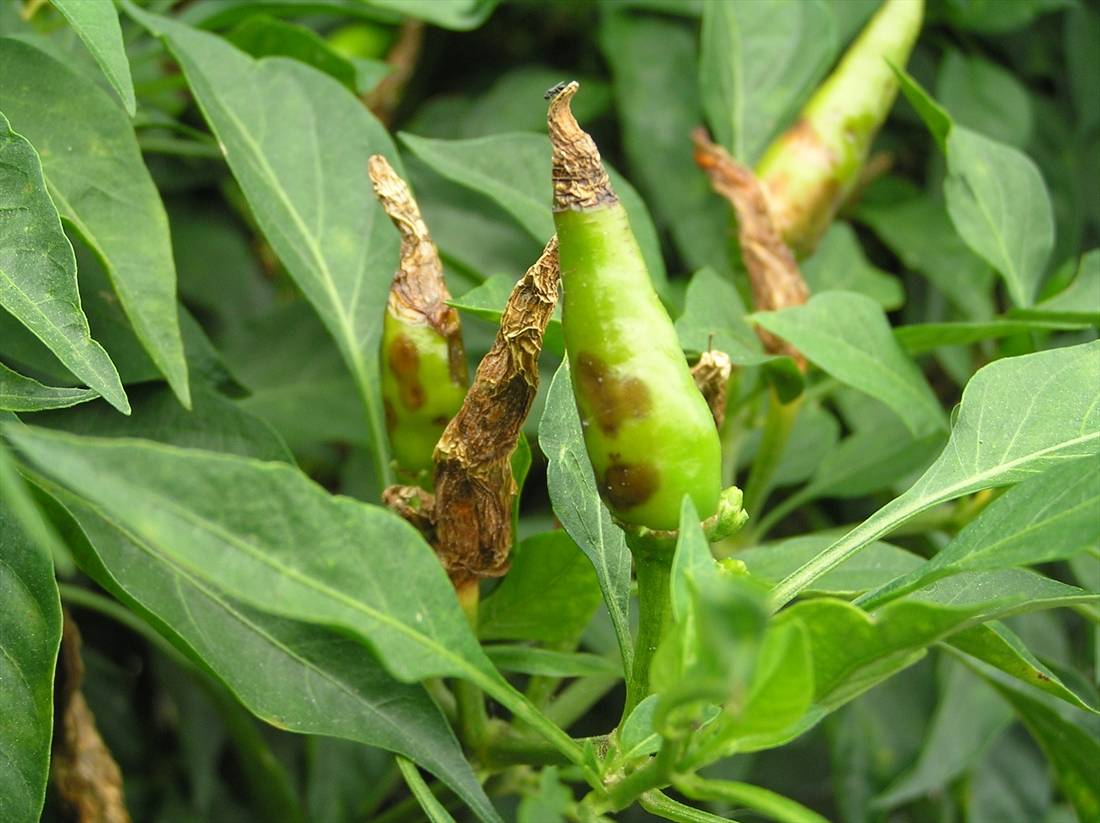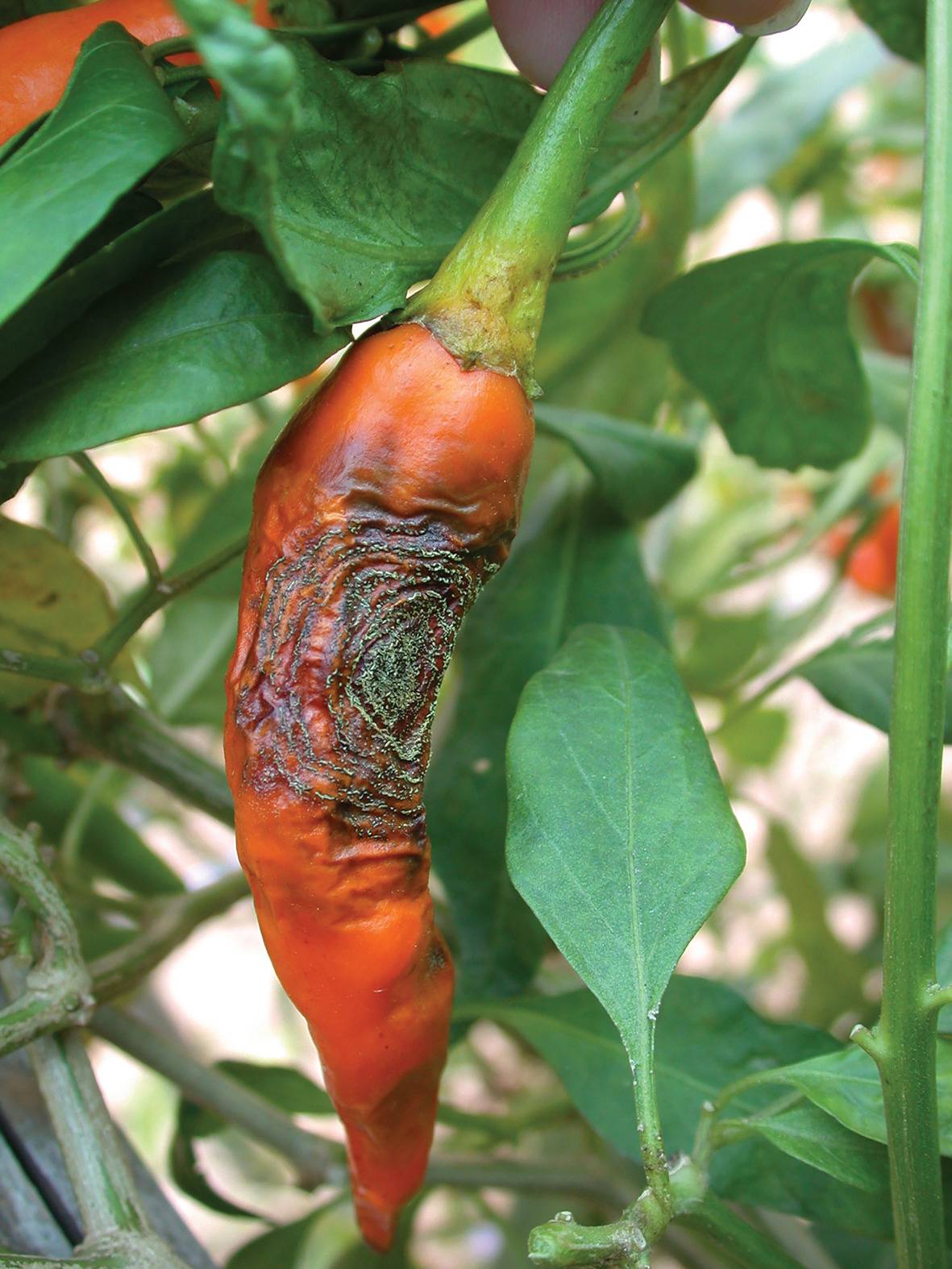Chilli
Anthracnose

Colletotrichum Capsici
Fungal Disease

Colletotrichum Capsici
Fungal Disease

Colletotrichum Capsici
Fungal Disease
Chilli Anthracnose (Colletotrichum spp.)
Introduction: Chilli anthracnose is a severe fungal disease caused by Colletotrichum species, significantly affecting the yield and marketability of chilli (Capsicum spp.). This economically important disease is prevalent worldwide and can cause yield losses of up to 50%. The infection leads to dark, sunken lesions on fruits, reducing their commercial value.
Key Points:
-
Causal Organism:
-
Caused by Colletotrichum species.
-
Belongs to the Kingdom Fungi.
-
-
Host Range:
-
Affects a wide range of crops, including cereals, legumes, vegetables, perennial crops, and tree fruits.
-
Chilli is among the most severely infected crops.
-
-
Symptoms:
-
Sunken, necrotic lesions with concentric rings of acervuli on chilli fruits.
-
Dark, coal-like lesions (hence the name anthracnose).
-
Infected fruits become unmarketable.
-
-
Survival and Transmission:
-
Pathogen survives in seeds as acervuli and micro-sclerotia.
-
Overwinters in plant debris, rotten fruits, and alternative host crops.
-
Survives in soil for years through micro-sclerotia.
-
Spreads via rain splash, irrigation water, and infected fruits.
-
-
Infection Process:
-
Conidia attach to the plant surface.
-
Germination of conidia and formation of adhesive appressoria.
-
Penetration through the plant epidermis.
-
Colonization of plant tissue followed by sporulation.
-
-
Environmental Factors:
-
Warm and wet weather favors disease development.
-
Optimal temperature: Around 27°C with high humidity (80%).
-
Surface wetness duration significantly influences infection severity.
-
-
Disease Cycle:
-
Initial infection during wet seasons.
-
Quiescent appressoria on immature fruits become active at fruit maturity.
-
-
Economic Impact:
-
Causes extensive pre- and post-harvest fruit decay.
-
Even minor lesions reduce market value.
-
-
Management Strategies:
-
Use disease-free seeds.
-
Crop rotation with non-host crops.
-
Proper field sanitation to remove plant debris.
-
Use of resistant chilli varieties.
-
Fungicide application under favorable conditions.
-
Conclusion: Chilli anthracnose caused by Colletotrichum species poses a significant threat to chilli production, leading to considerable economic losses. Understanding its symptoms, survival mechanisms, and favorable environmental conditions can help implement effective management practices to mitigate its impact.




